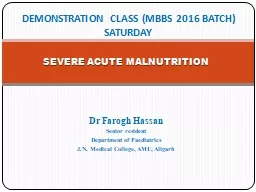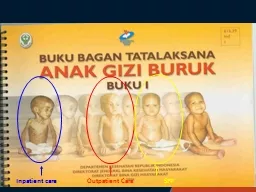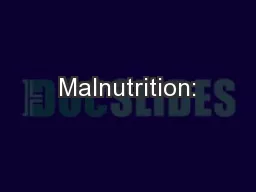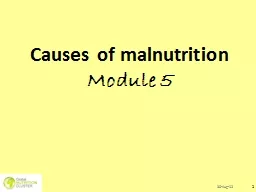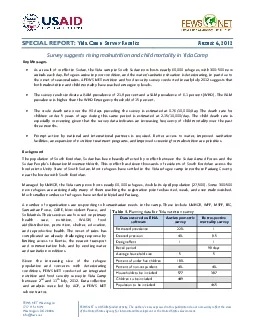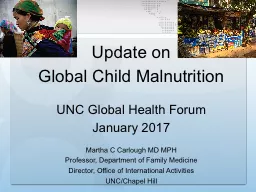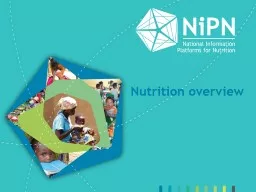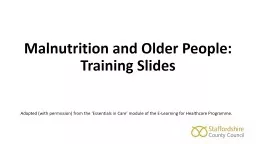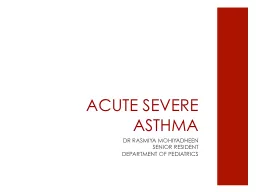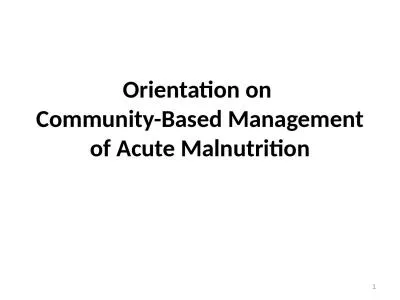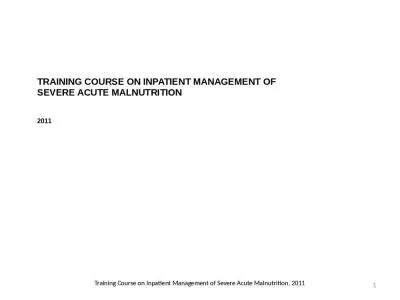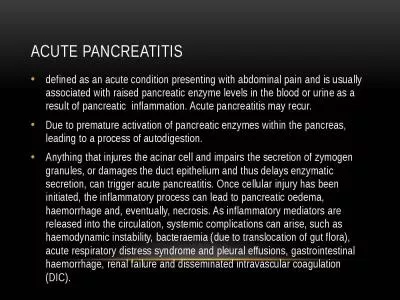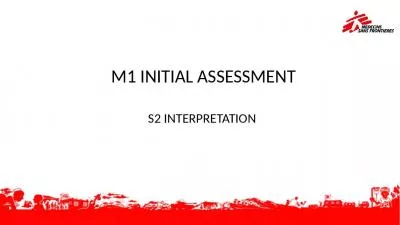PPT-SEVERE ACUTE MALNUTRITION
Author : topslugger | Published Date : 2022-07-28
Dr Farogh Hassan Senior resident Department of Paediatrics JN Medical College AMU Aligarh DEMONSTRATION CLASS MBBS 2016 BATCH SATURDAY SEMINAR ON Guidline Management
Presentation Embed Code
Download Presentation
Download Presentation The PPT/PDF document "SEVERE ACUTE MALNUTRITION" is the property of its rightful owner. Permission is granted to download and print the materials on this website for personal, non-commercial use only, and to display it on your personal computer provided you do not modify the materials and that you retain all copyright notices contained in the materials. By downloading content from our website, you accept the terms of this agreement.
SEVERE ACUTE MALNUTRITION: Transcript
Download Rules Of Document
"SEVERE ACUTE MALNUTRITION"The content belongs to its owner. You may download and print it for personal use, without modification, and keep all copyright notices. By downloading, you agree to these terms.
Related Documents

